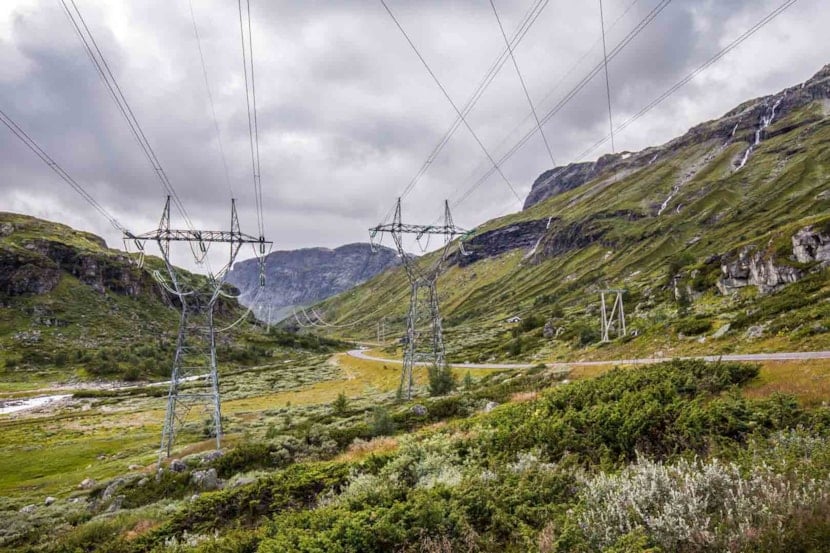The accounting profit after tax for the first half year was NOK 4.9 billion. Statnett’s operating revenue for the first half of this year was NOK 12.6 billion, up from NOK 5.3 billion in 2021.
Statnett’s revenue is regulated, and the Norwegian Energy Regulatory Authority sets an annual revenue ceiling. Revenue over and above this level must be returned to customers over time by adjusting the grid tariff. Statnett has notified that the consumption tariff will be set to zero as of 1 April this year, and the energy component will also be set to zero from 1 September. These measures will remain in effect throughout 2023.
“This high level of revenue is extraordinary, and will be returned to our customers through a reduced grid tariff. At the same time, we can see that the high prices in the power market are resulting in increased costs for the company, both in the reserve markets and in transmission losses,” emphasises CFO Cathrine Lund Larsen.
Congestion revenues arise when there is a difference in electricity prices between different price areas. As a result of large price differences in the power market, both internally within Norway and with other countries, congestion revenue has increased from NOK 1.1 billion in the first half of 2021 to NOK 8.9 billion in the first half of 2022. Tariff revenue for the first half of 2022 amounted to NOK 3.6 billion.
Statnett’s total operating costs for the period were NOK 5.9 billion. This is an increase from NOK 4.2 billion in 2021. The increase is primarily attributable to increased costs for system services, higher transmission losses, an increase in other operating costs, and higher depreciation as a result of a higher asset base. Of this, the increase in costs for system services accounted for NOK 561 million and the higher transmission losses accounted for NOK 836 million, largely due to high prices and large price differences respectively.

